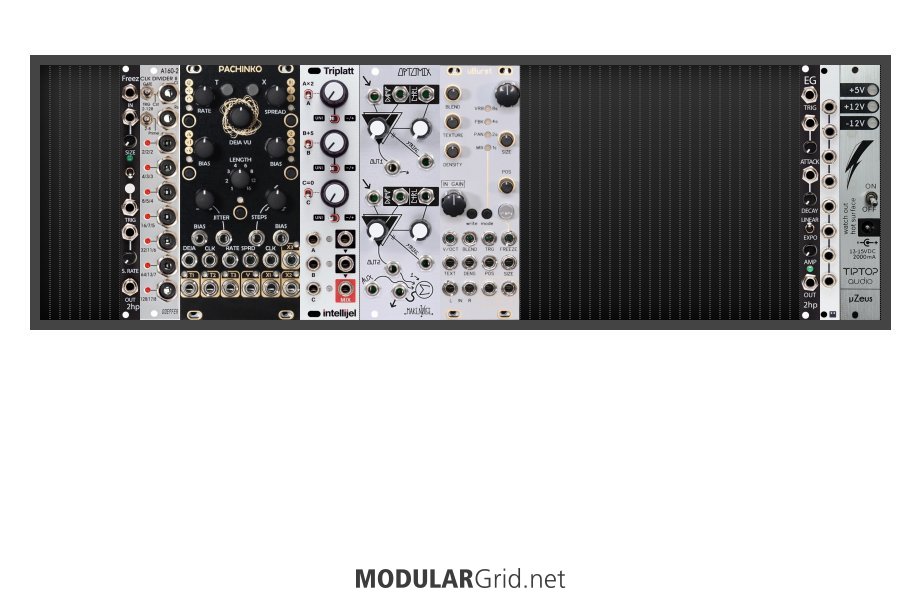What I'm working on is basically a "randomized" sampler to play live. One of my favorite things about the Microfreak is that you can modulate the arpeggiator/sequencer rate and get really off the grid in a tactile way. I want to do this in a sampler and sort of create like an instrumental hip hop version of free jazz. If there is a hardware sampler that does this (or a MIDI controller like the Torso T1), I haven't found it yet, so my plan is to go modular make the setup posted above. I think this a good simple starting point for the concept. In addition to this stuff, I already own a Moog Mavis, Microfreak, Keystep, and SQ-1, as well as a couple more normal samplers that cover me well in terms of regular usage, so I'm pretty much just focusing on this specific function.
I guess I just thought I'd run it by people here to see if there's anything missing here in order to pull off the bare minimum version of this (or any repeated functionality that I don't need). I tested a version of it in VCV Rack and this seems fine, but hardware is obviously different. Any help would be greatly appreciated.


